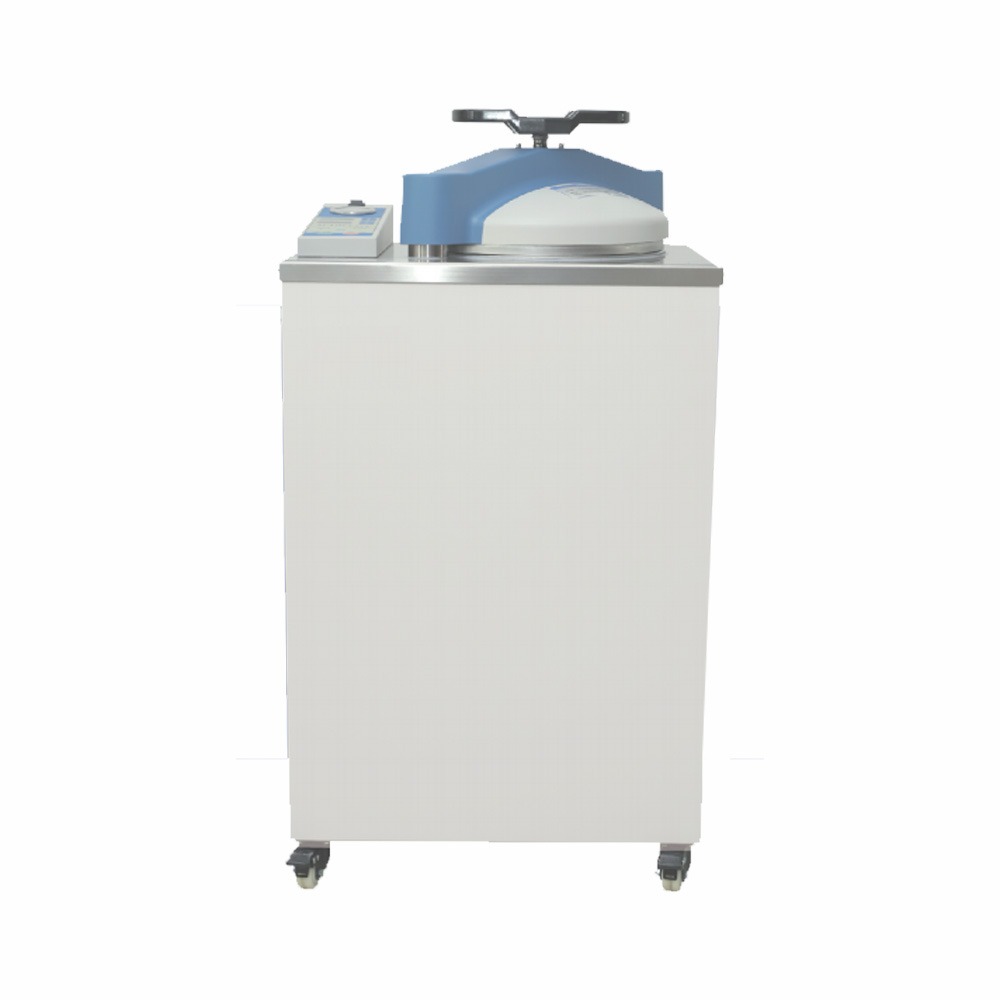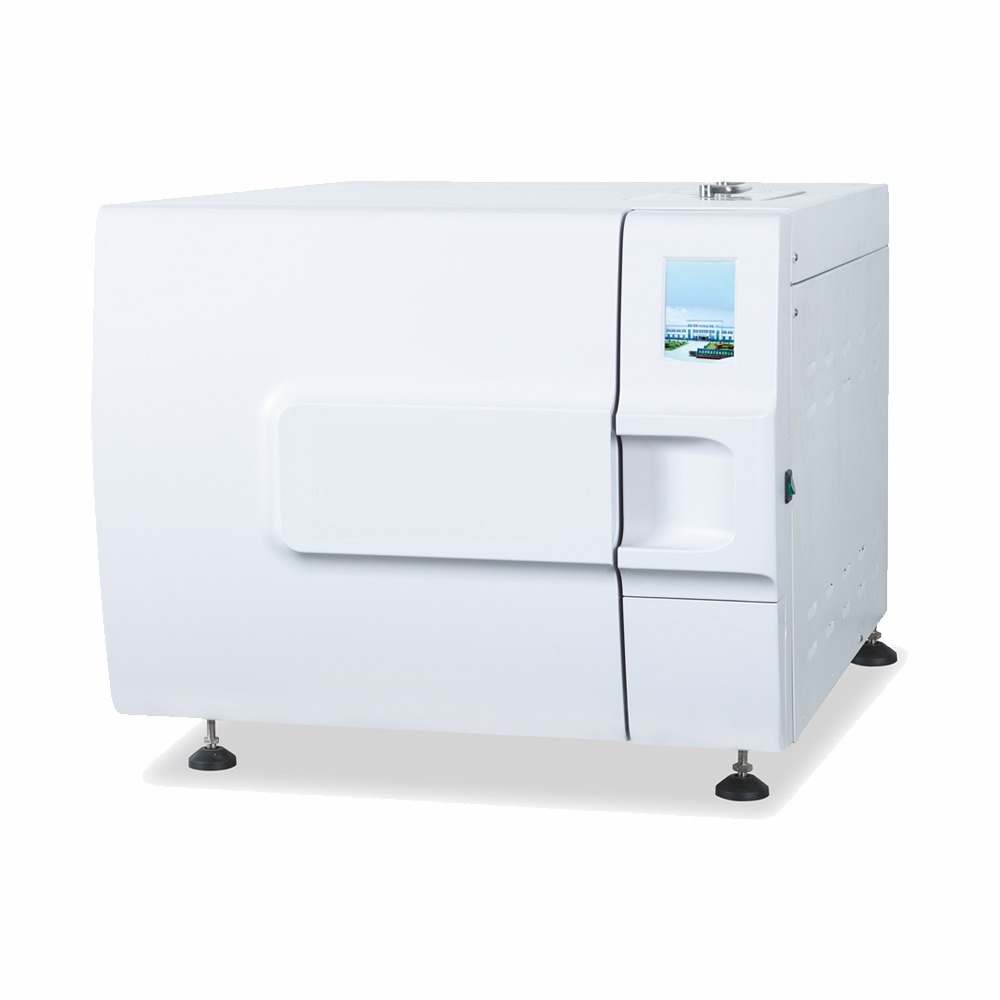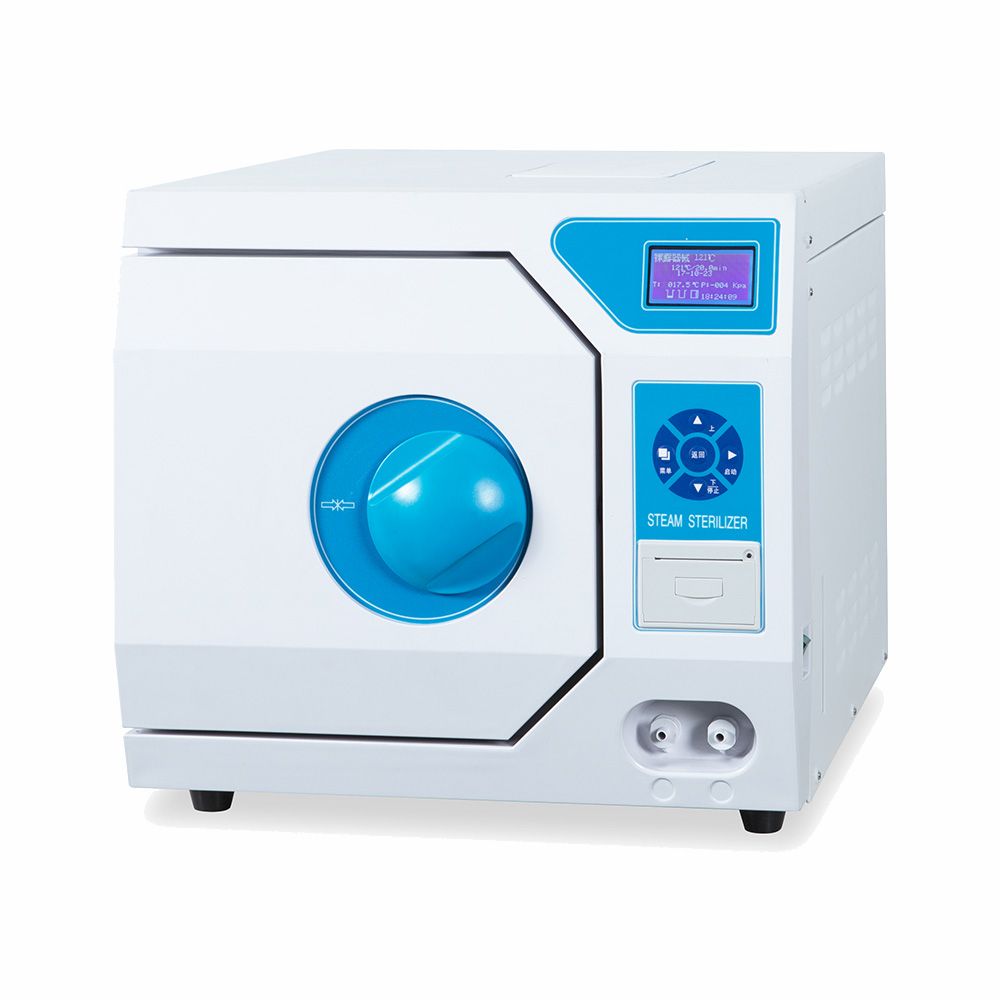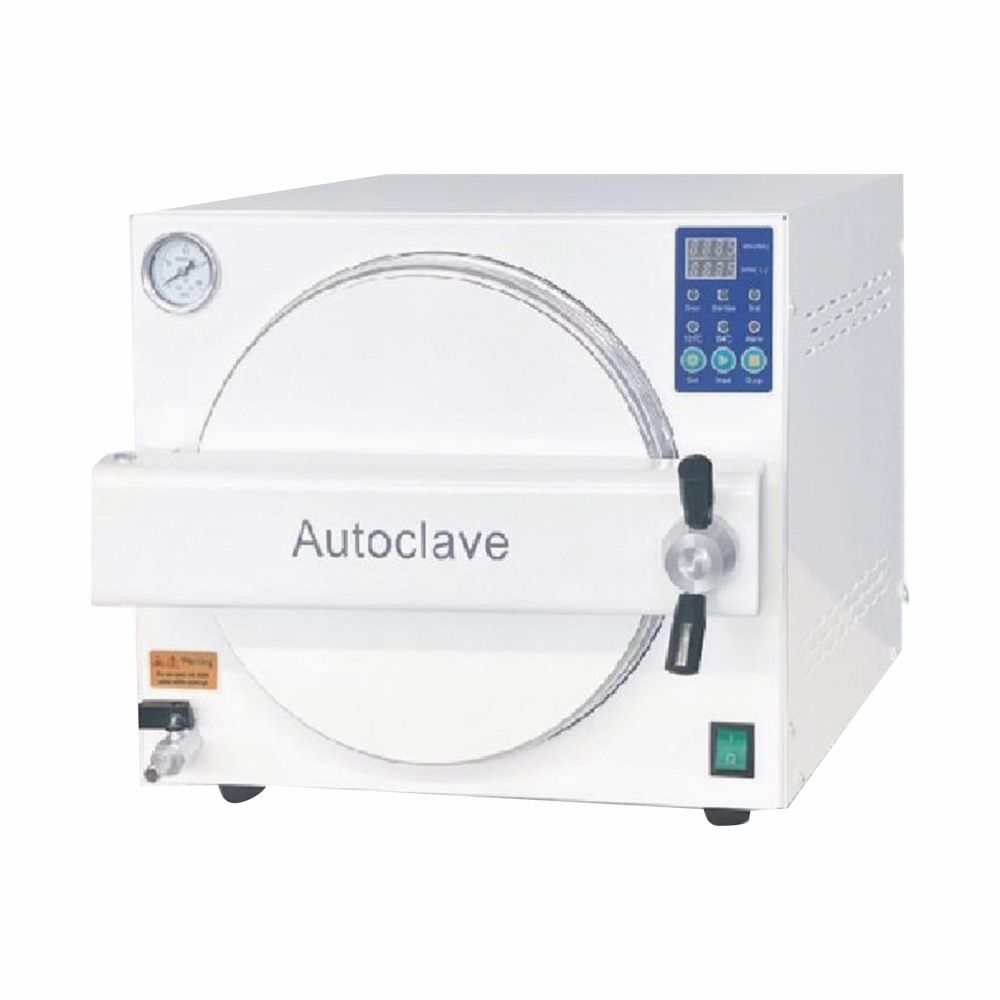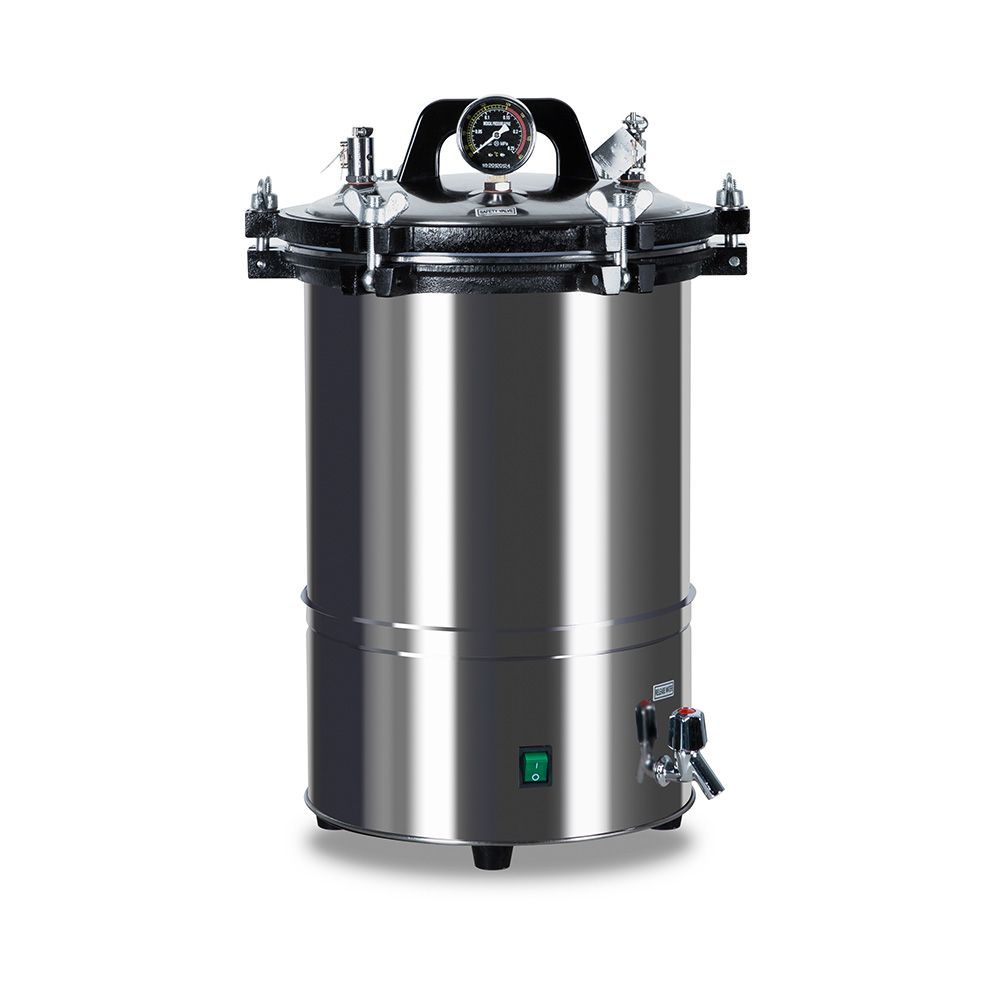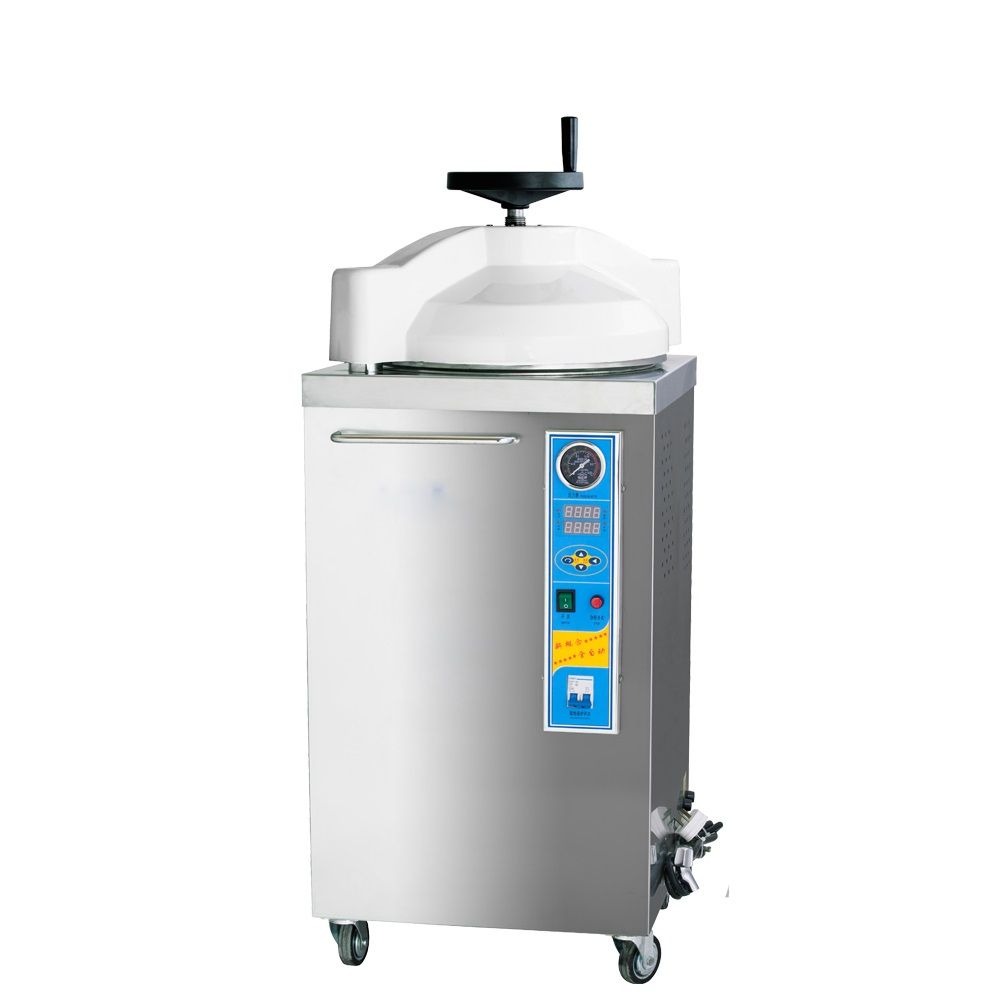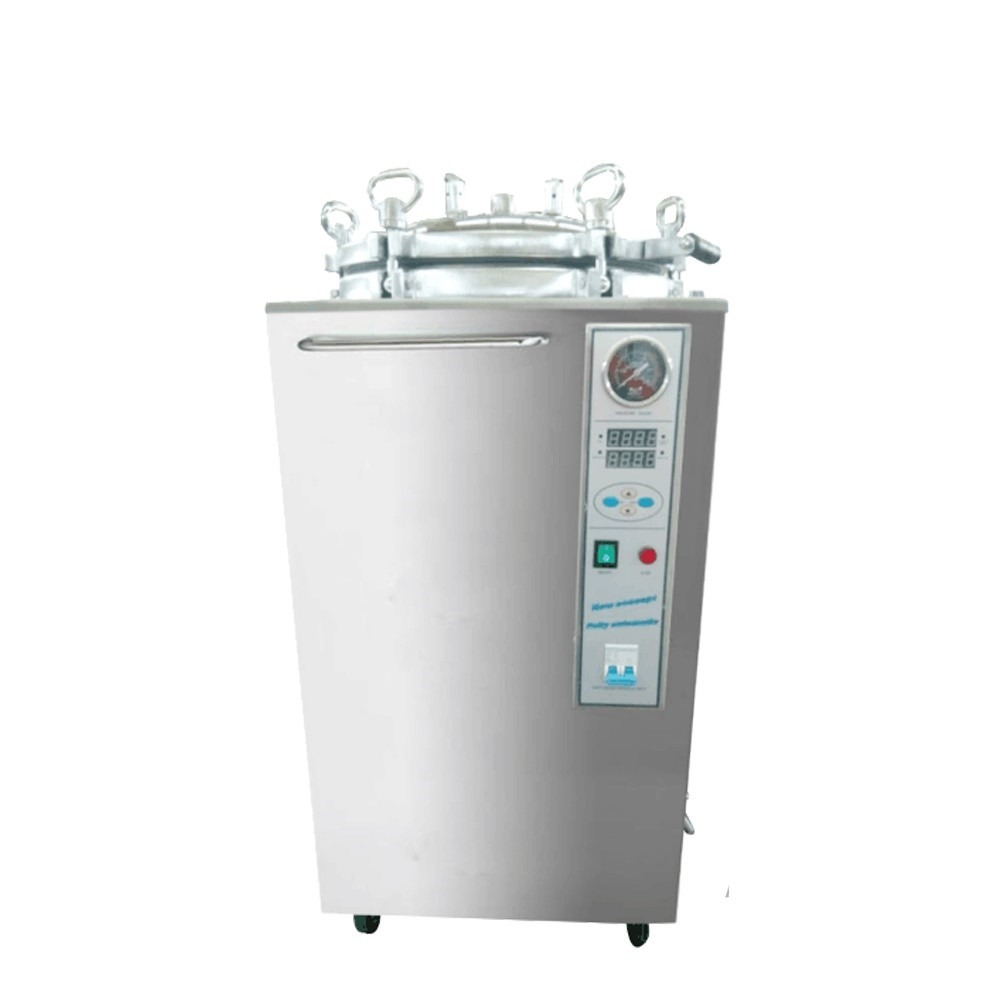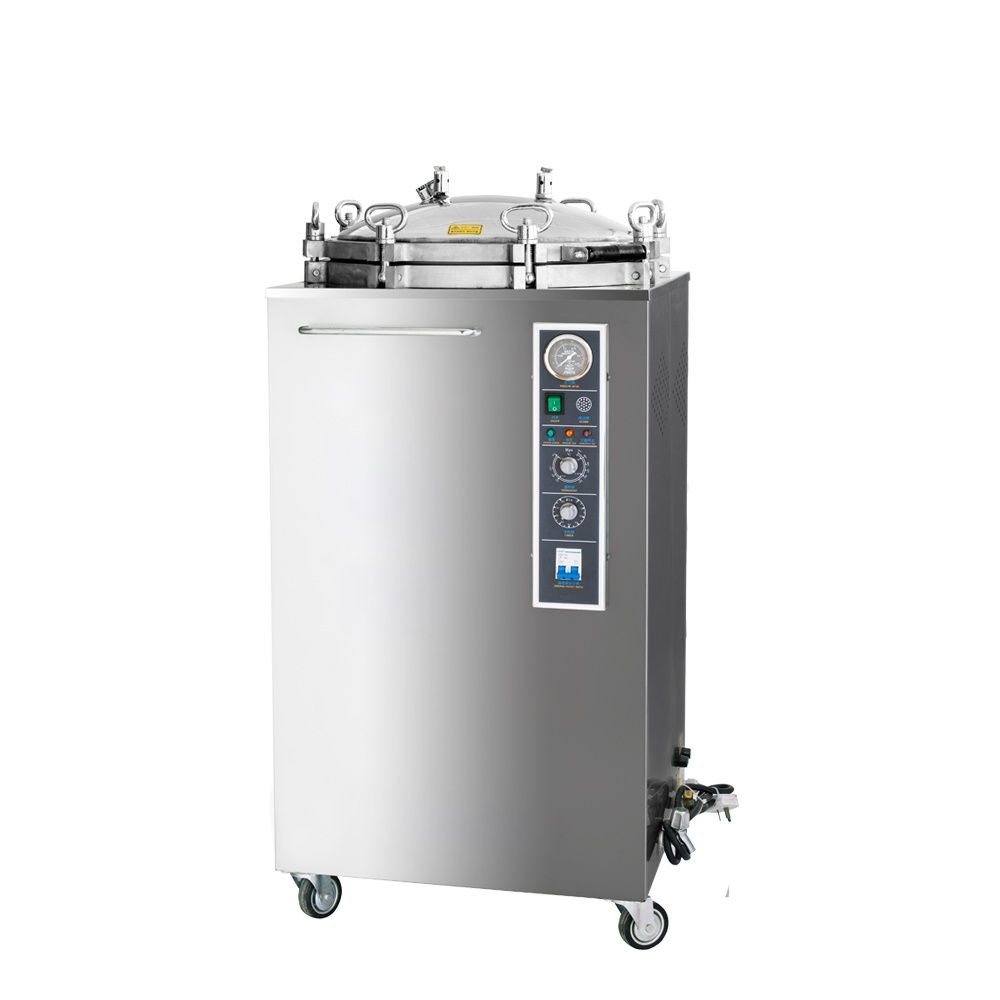High-pressure reactors are commonly used high-pressure equipment in scientific research laboratories. If used improperly, it will cause serious safety hazards and even cause accidents.
Autoclave accidents generally include explosion, leakage, explosion, etc. Once the autoclave body ruptures, debris splashes, and the medium escapes, it will cause major damage to personnel, experimental equipment, and equipment. This article will show you how to use an autoclave safely.
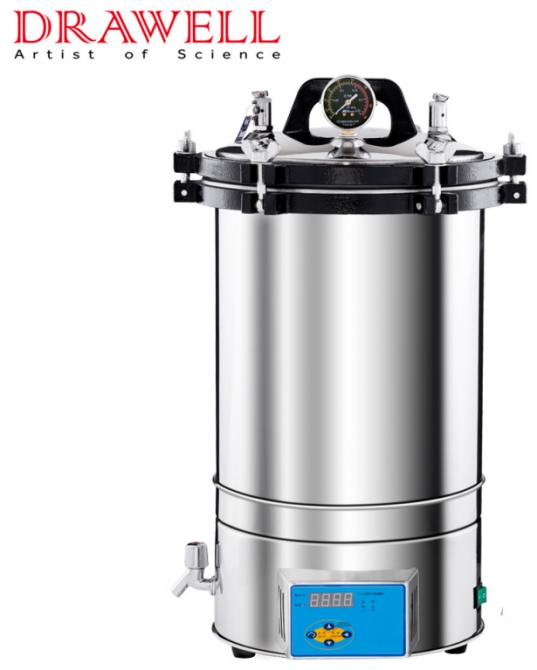
Composition of the autoclave
The autoclave is generally composed of devices such as material conveying, stirring and mixing, heating or cooling, and sealing. In addition to the main body of the high-pressure vessel, the autoclave is often integrated with ancillary equipment such as a pressure gauge, a high-pressure valve, a safety valve, an electric heater, and a stirrer.
- The operator should select the reactor that matches the experimental plan before experimenting to ensure that its capacity, pressure, corrosion resistance, and design performance meet the requirements of the experiment.
- Set up appropriate safety guards, use appropriate safety accessories, and fully comply with safe operating practices.
- Ensure personnel training and implementation of standard operating procedures.
- Do regular maintenance to ensure the normal use of the equipment.
Safe use of autoclaves
Preparation before experiment
- The operator must undergo strict training, be familiar with the structure and performance of the equipment, and be proficient in the standard operating procedures of the equipment.
- Check the test pressure, operating pressure and maximum operating temperature, and other conditions marked on the main container, and use it within the allowable range of conditions.
- Check whether the kettle, agitator, rotating parts, auxiliary equipment, indicating instruments, safety valves, pipelines, and valves meet the safety requirements.
- Check the kettle body, lid, and all welding seams of the reactor for any abnormal phenomena such as cracks, deformation, leakage, etc. Check the corrosion condition of the inner surface of the kettle body and lid. Check whether the safety accessories work normally and whether the fasteners are loose. Check whether water and electricity meet the safety requirements.
- It is best to use within 1/2 of its indicated pressure and to compare and calibrate the pressure gauge frequently with a standard pressure gauge.
- The pressure gauge for oxygen should not be mixed with pressure gauges for other gases.
- For safety valves and other safety devices, use equipment that has undergone regular inspections and meets the specified requirements.
- The autoclave should be used at the designated location, and the laboratory site should post obvious safety warning signs.
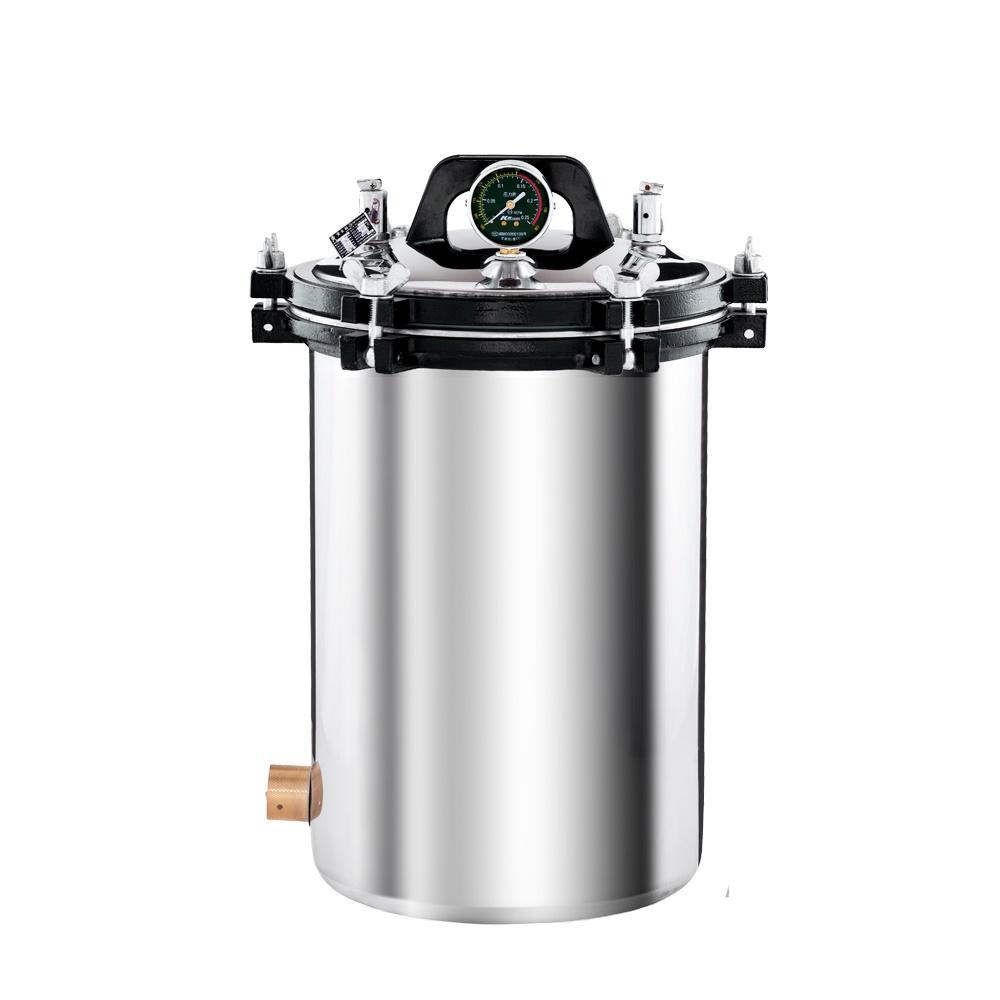
Precautions when using the autoclave
- After checking the relevant matters, the operation can be started only when it is ensured that there is no abnormality.
- Operators use personal protection during all phases of operation and wear appropriate personal protective equipment (PPE): chemical splash goggles. In addition, if there is a risk of explosion, you need to wear a full-face impact mask; wear a knee-length lab coat and protective gloves. In addition, long pants and closed-toed shoes are recommended.
- The raw material added to the autoclave should not exceed 1/3 of its effective volume.
- During the use process, the operator shall not leave and must pay attention to the operation of the equipment at any time. Once abnormal conditions are found, the kettle should be stopped and repaired in time. If overheating occurs, immediately cool down with water. If overpressure occurs, open the empty valve immediately and release the pressure urgently.
- Care must be taken during operation so that the temperature measuring device is inserted accurately into the reaction solution. The interior of the autoclave and the gasket should be kept clean.
- When covering the disc flange, the bolts located on the diagonal should be tightened synchronously in pairs.
When you’re done experimenting with the autoclave
- After the experiment is over, wait for the reactor to be completely cooled down and depressurized to a safe range before proceeding to the next step. It is strictly forbidden to open the reactor before the temperature and pressure of the reactor reach the safe range.
- It can be opened slowly until the reactor is completely cooled down and the pressure is reduced to a safe range. It should be noted that there may still be pressure released in the internal system.

